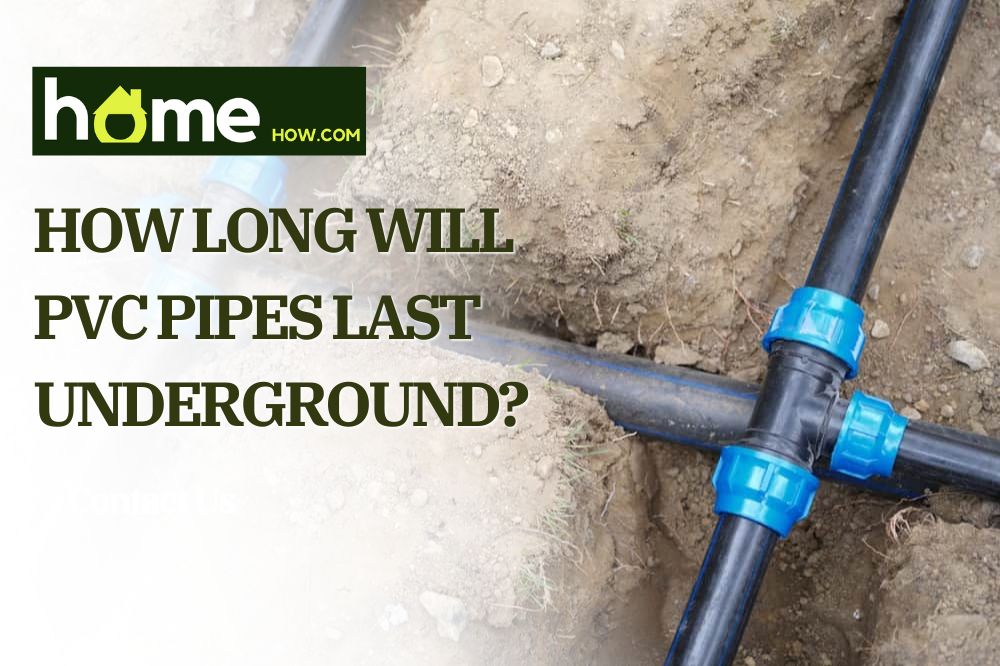You can use different materials adequate for water and sewer pipes placed underground. The goal is to pick out the best option available to prevent possible expensive repairs. If you are a homeowner and plan to install or replace existing pipes, you should definitely consider those made of PVC.
Crucial questions are how long will PVC pipes last underground, how high-quality they are, and how much they cost. Experts estimate these pipes’ lifespan is at least a century because those installed three or four decades ago show no noticeable deterioration. You should only check whether your installations are suitable for PVC pipes before purchasing. Let’s see.
PVC Pipes
Many households use convenient and durable polyvinyl chloride (PVC) pipes for:
- High-pressure applications
- Sink, shower, and toilet drain lines
- Primary water supply lines
- Vent stacks
Their huge advantage is protecting water from rust and preventing sediment from building up inside a smooth inner lining.
Since these pipes can handle high water pressure, you can use them as the home’s main water supply line or sewage pipe. This lightweight material is easy to manipulate and can practically last for a lifetime unless they suffer severe physical damage.
Unfortunately, you can find PVC pipes only in limited sizes, and this material is unable to withstand too hot water.
Despite fulfilling the American National Standards Institute’s standards, there is a concern about toxicity and the possible polyvinyl chloride chemicals introduction into drinking water. Therefore, some states’ laws forbid installing PVC pipes for transporting drinking water.
How Long Does PVC Pipes Last Underground?
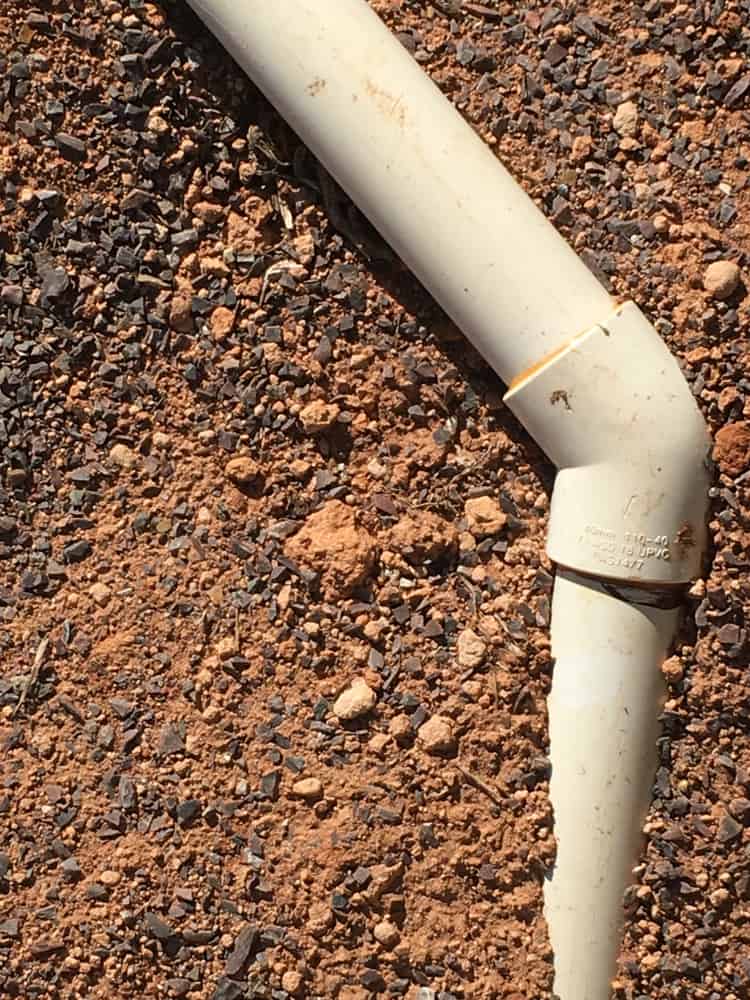
Convenient, durable, and inexpensive PVC pipes appeared on the American market in the 1960s, but their widespread use began in the 1990s. They typically come in opaque, white, and grey options. People primarily used them for water supply lines as an alternative to expensive materials prone to corrosion.
No one can say how long PVC pipe will last underground, but experts estimate that lifespan of up to 100 years for drain lines is a pretty realistic possibility. For now, it is known that they can last over 50 years. However, their lifespan depends on their specific use, while some causes can shorten that period:
- Incorrect installation
- Improper insulation in winter
- Tendency to become brittle over time
Luckily, there are several things to do to prevent PVC pipes deterioration. Once you decide to install them underground, you should precisely determine how deep to bury them.
It will be enough to check the law and local ordinances, regulations, and codes and follow local pipe laying techniques to prevent damaging them. The procedure includes:
- Pipe inspection for scratches, gouges, cuts, and split ends and rejecting damaged ones
- Digging a trench of the required width and trying to make it as narrow as possible with wider parts for pipes‘ joins
- Providing a necessary depth of 12 to 18 inches (30.5 – 45.7 cm) below the maximum frost level for pipes susceptible to freezing
- Placing permanent lines at a minimum cover of 24 inches (61 cm)
- Ensuring piping system installation capable of handling everyday loads
It is essential to take care of snaking for pipes less than 3 inches (7.6 cm) in diameter. Snaking pipes compensate for pipes’ thermal contraction and expansion when installing them on a hot day. Therefore, you should be careful to let it set and dry properly.
Finally, you should thoroughly inspect set pipes in the morning when the contraction stress is minimal. Take care to support them over the entire length on a stable base to prevent possible damage.
Features of PVC Pipe to Use Underground
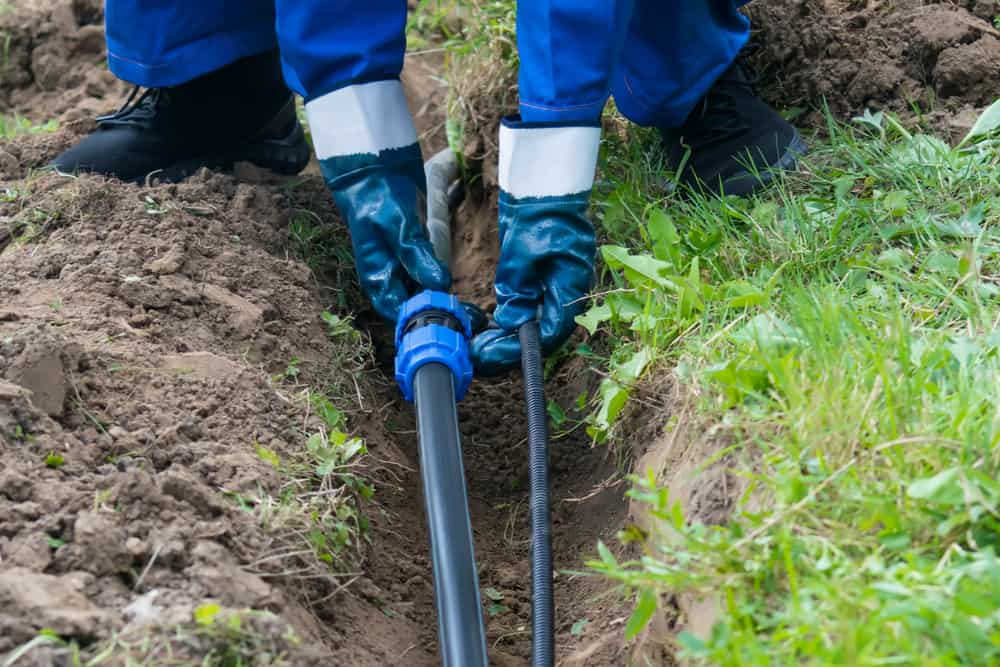
Typically, PVC pipes used for water supply and sewer line systems in households are 8 to 12 feet (2.4 – 3.6 m) long, with 1.5 inches (3.8 cm) in diameter. The best way to connect them is with couplings, primer, and cement.
Wall thicknesses
Be aware that you should pick out specific pipes, depending on their purpose. They typically come in three different wall thicknesses:
Even though you can use all three schedules in maximal temperatures of 140 F (60 C), schedule 40 pipes are the best option for home sewer lines. On the other hand, schedule 120 is an excellent option for industrial applications.
Schedule 120 pipes are the thickest and strongest and can withstand the highest pressure. You can quickly recognize those with different schedule numbers by color. For instance, schedule 40 ones are white, while schedule 80 pipes are gray.
Pressure tolerance
The pressure tolerance is specific for every pipe schedule since each one can withstand a particular amount of pressure, depending on its diameter. The pressure rating range indicates the force the pipe can tolerate per square inch of its surface and is given in PSI (pounds per square inch).
40 PVC pipe pressure tolerance |
|
| Pipe size | Pressure rating |
| 0.5 inches | 600 PSI |
| 0.75 inches | 480 PSI |
| 1 inch | 450 PSI |
| 1.25 inches | 370 PSI |
| 1.5 inches | 330 PSI |
| 2 inches | 280 PSI |
PVC pipes have precisely determined pressure ratings suitable for the residential underground system. For instance, pressure rated range for different schedules is:
- 120 to 810 PSI for schedule 40
- 210 to 1230 PSI for schedule 80
- 380 to 1010 PSI for schedule 120
PVC Piping Advantages and Downsides
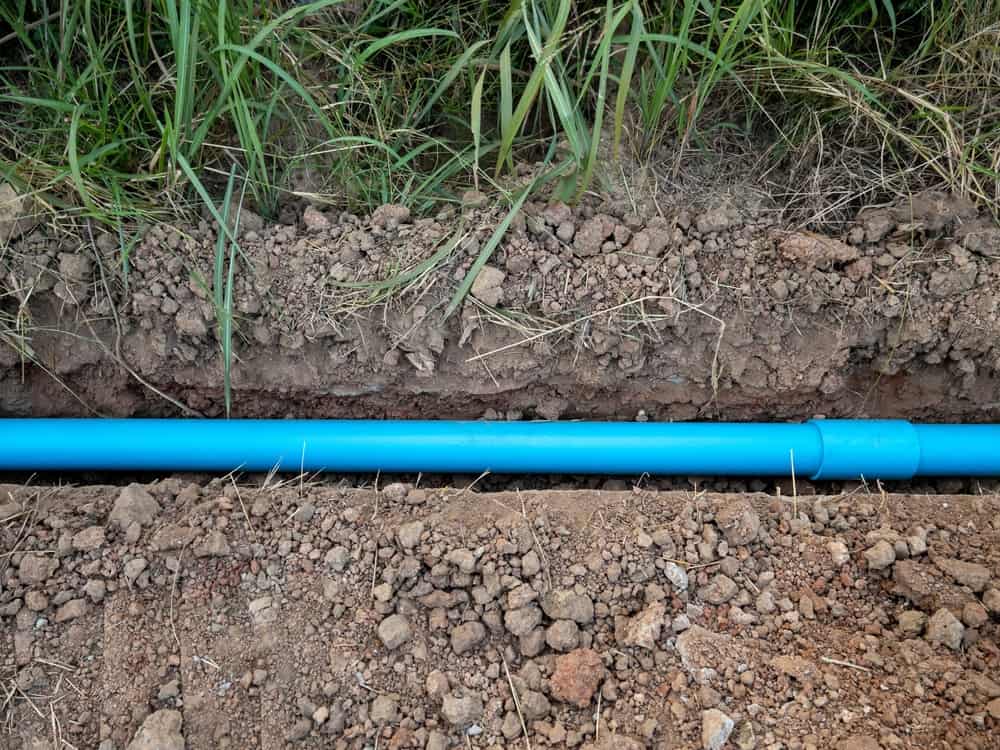
You can notice numerous PVC advantages, while downsides are often connected to improper installation.
Pros
- PVC pipes are durable, flexible, safe, and won’t rust over the years
- They are resistant to chemicals, microorganisms, and corrosion when placed underground
- This material neither chemically reacts with water nor affects its taste and odor
- Installation is effortless and implies reduced material use
- They require low maintenance
- They are a cost-effective option
Cons
- Improperly installed PVC pipes are prone to cracks and leak
- Inadequate backfilling can result in damage caused by rocks and large hard clumps
- Pipes buried above the frost line will freeze
Other Residential Plumbing Pipes Lifespan
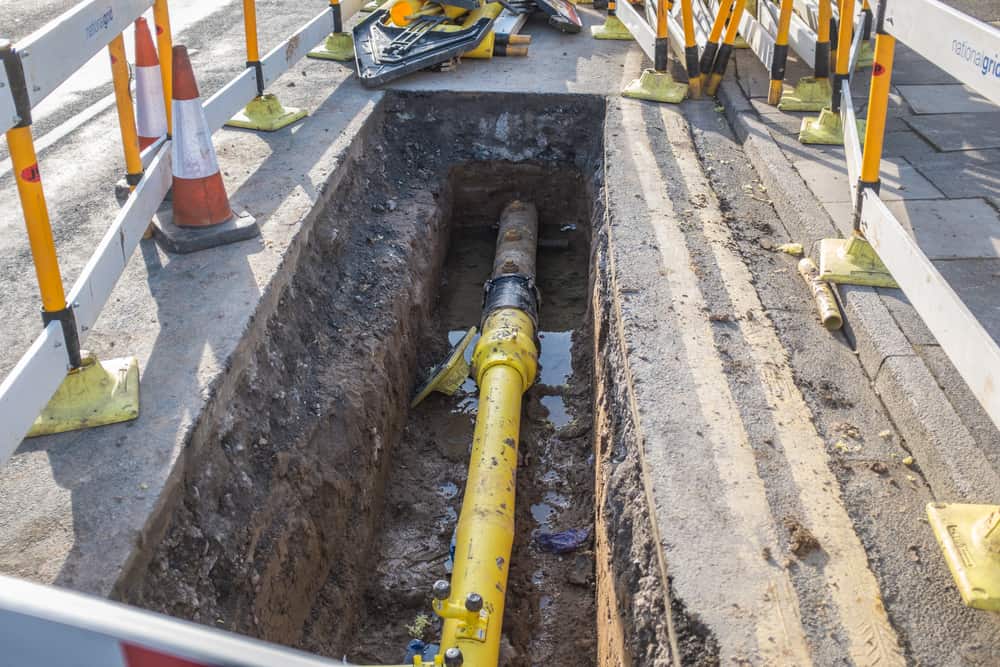
You can find pipes made of numerous materials on the market. The best option for water supply are those made of:
On the other hand, the best solution for drain pipes are:
- PVC pipes
- Cast iron pipes
- ABS pipes
Underground placed pipes‘ lifespan |
|
| Pipe material | Expected lifespan |
| PVC pipes | 70 to 100 years |
| Cast iron pipes | 70 to 100 years |
| Copper pipes | 70 to 80 years |
| ABS pipes | 70 years |
| CPVA pipes | 70 years |
| CPVC pipes | 50 to 75 years |
| Orangeburg pipes | 50 to 60 years |
| Galvanized steel pipes | 50 to 60 years |
| PEX pipes | 45 to 50 years |
| Brass pipes | 40 to 70 |
Cast iron pipes
These pipes are typically gray-colored and are a standard option for drain lines in homes and older buildings. Underground cast iron pipes’ primary use is in the sewage system, and they are inconvenient for a water supply because this material is prone to corrosion.
Old pipes also have a problem with often clogging, making them impractical and unhealthy. These heavy pipes can last 80 to 100 years when adequately placed underground.
Copper pipes
Since copper is prone to oxidation, these brownish pipes sometimes get a greenish tint on the surface. They are an excellent option for water supply lines in commercial buildings, and they still exist in constructions built after the 1950s.
Their estimated lifespan is over 50 years, but quality pipes can probably withstand 80 years when installed properly.
Brass pipes
These shiny yellow pipes are not widely used, but you can sometimes see them in residential homes. Their average lifespan is approximately 40 to 70 years.
CPVC pipes
CPVC (chlorinated polyvinyl chloride) pipes can withstand high temperature and pressure, making them an excellent option for aboveground and underground use. In most cases, you can expect them to last 50 to 75 years.
PEX pipes
Durable and flexible PEX pipes have become a common choice for residential homes since the 1980s. You can often differentiate red lines for hot water and blue lines for cold water, but they also come without these marks. Their average lifespan is approximately 40 years.
Galvanized steel pipes
Dark gray or black galvanized steel pipes are typical for homes built before 1950. Their significant downside is rotting, which always comes from the inside out, causing water impurity.
Even though they can last about 50 to 60 years, you should replace these pipes after approximately 20 to 30 years. Only that way can you prevent adverse effects on human health.
Lead pipes
These dull gray pipes are rare nowadays, and you can find them only in older homes built from the 1800s to 1920. After that period, their installation in residential homes was banned. The crucial problem was they were prone to scratching, severely affecting water.
Summary
PVC is an inexpensive and prevalent material used for water and wastewater distribution nowadays, thanks to numerous advantages and a long lifespan. It is durable and resistant to chemicals, microorganisms, and external and internal corrosion when placed underground.
Some estimations show that PVC pipe installation can reduce repair and maintenance costs by 93%, so you can expect this material to replace others in a few decades.
